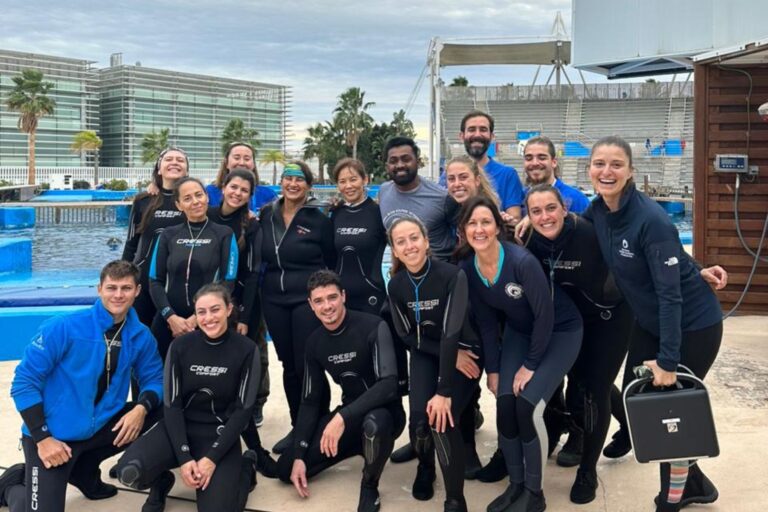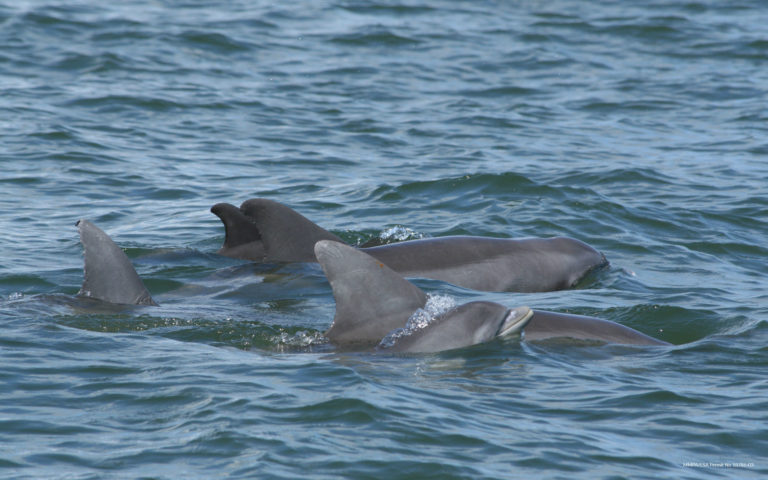Dolphin Doctors Changing the Game for Conservation
FOR IMMEDIATE RELEASE
Contact: st**********@**mf.org
SAN DIEGO — A new study published by the National Marine Mammal Foundation (NMMF) is allowing scientists to determine the chronological age of a dolphin merely by taking a simple blood or small skin sample. The technique is much less invasive than other methods and uses epigenetics, a laboratory evaluation based on an animal’s DNA.
As part of the study, scientists studied 34 bottlenose dolphins of various ages cared for by the U.S. Navy’s Marine Mammal Program. The results will now be applied to endangered species in the wild to improve conservation planning, protections, and actions aimed at saving animals from extinction.
“This study was a critical first step toward determining the ages of dolphins within an endangered population. For example, we are currently applying this technique to the Lahille’s dolphin, an endangered species living off the coast of Brazil. If we can help the local scientists establish the population’s age structure, then we can also help predict how long each animal will survive and even how many offspring are likely to be produced each year,” said Dr. Ashley Barratclough, a conservation medicine veterinarian with the National Marine Mammal Foundation.

Determining chronological age in whales and dolphins has been an ongoing challenge for scientists, with knowledge of age being critical to interpreting biological data, understanding population demographics, and predicting survival. Previous age estimation methods have involved invasive techniques like tooth extraction for growth layer analysis, or radiographs of pectoral flippers which is logistically challenging in large species. Epigenetic aging via remote skin sampling has significant potential in large whales.
This research is the first step in determining a dolphin’s ‘epigenetic biological age’ which can provide an indication of the dolphin’s health status. It’s possible an increased biological age can occur from life events and stressors like pollution, noise, or other factors present in their environment. The NMMF team is now focused on determining individual animal’s biological age, as well as identifying what stressors could be responsible for accelerating the aging process.

NMMF scientists and veterinarians collaborated on the study with researchers from University of St. Andrews in Scotland and Dr. Steve Horvath, a professor at UCLA known for developing the Horvath aging clock, which is a highly accurate molecular biomarker for aging.
This study was made possible by federal grants from the John H. Prescott Marine Mammal Research Assistance Grant Program and the Strategic Environmental Research and Development Program.





